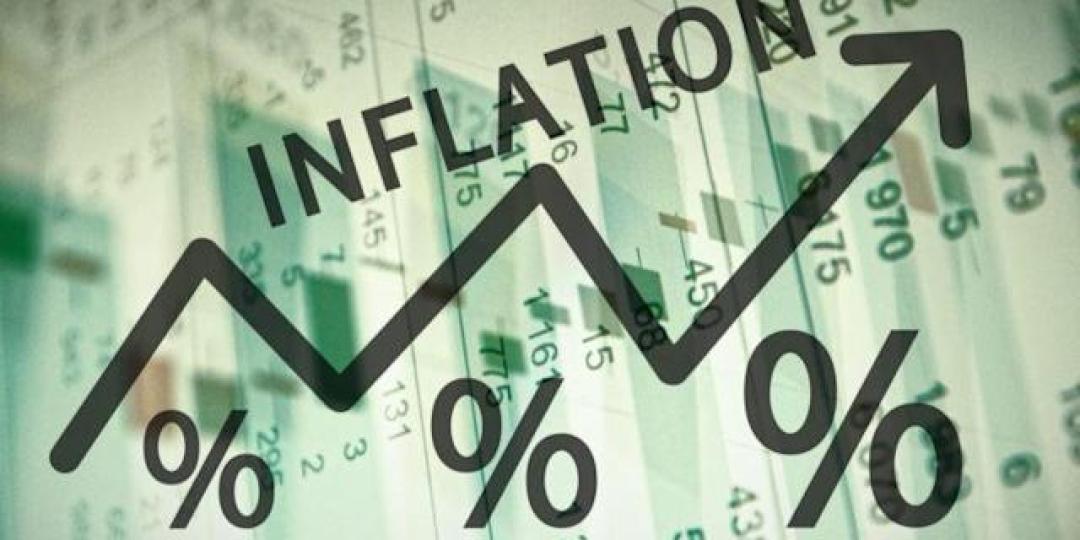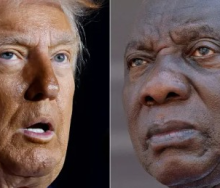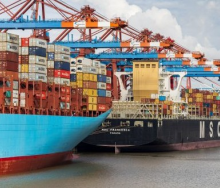Headline inflation is projected to peak in the current quarter (Q3) in most major economies, the Organisation for Economic Co-operation and Development (OECD) says in its Interim Report released earlier this month.
This comes as the global economic cycle is turning and major tightening by most central banks proceeds unabated.
Good news is that Q4 should bring reprieve, if only some, in that headline inflation is expected to taper off into 2023.
But the pendulum always swings back and, sadly, because of all the tumult in international markets because of mounting uncertainty in Europe, especially out east where nuclear war rumblings have reverberated the heaviest since the Cold War, annual inflation next year is expected to remain well above central bank targets.
This unfortunate trend, the OECD has found, will be felt almost everywhere.
It assessed that the “US, which began monetary policy tightening earliest, is expected to see more progress in bringing inflation back to target than in the EU or UK.
“By contrast, with the recent spike in energy costs working its way through the economy and with monetary policy tightening beginning later than in the US, both headline and core inflation are projected to remain elevated in much of Europe.”
As for major emerging-market economies, the inflation picture varies widely the Interim Report says.
“Inflation is low and stable in China, while in Brazil and Mexico significant pressures are expected to subside towards targets as interest rate rises take effect.
“Very high inflation rates in Turkey and Argentina are projected to continue in 2023, albeit somewhat lower than in 2022.”













